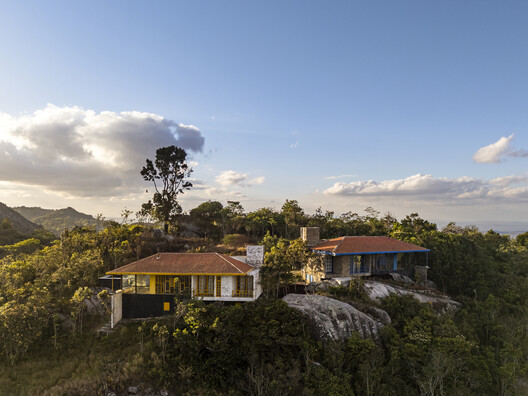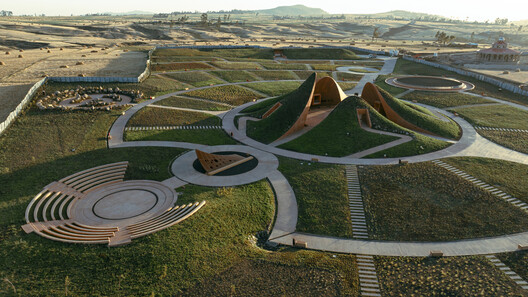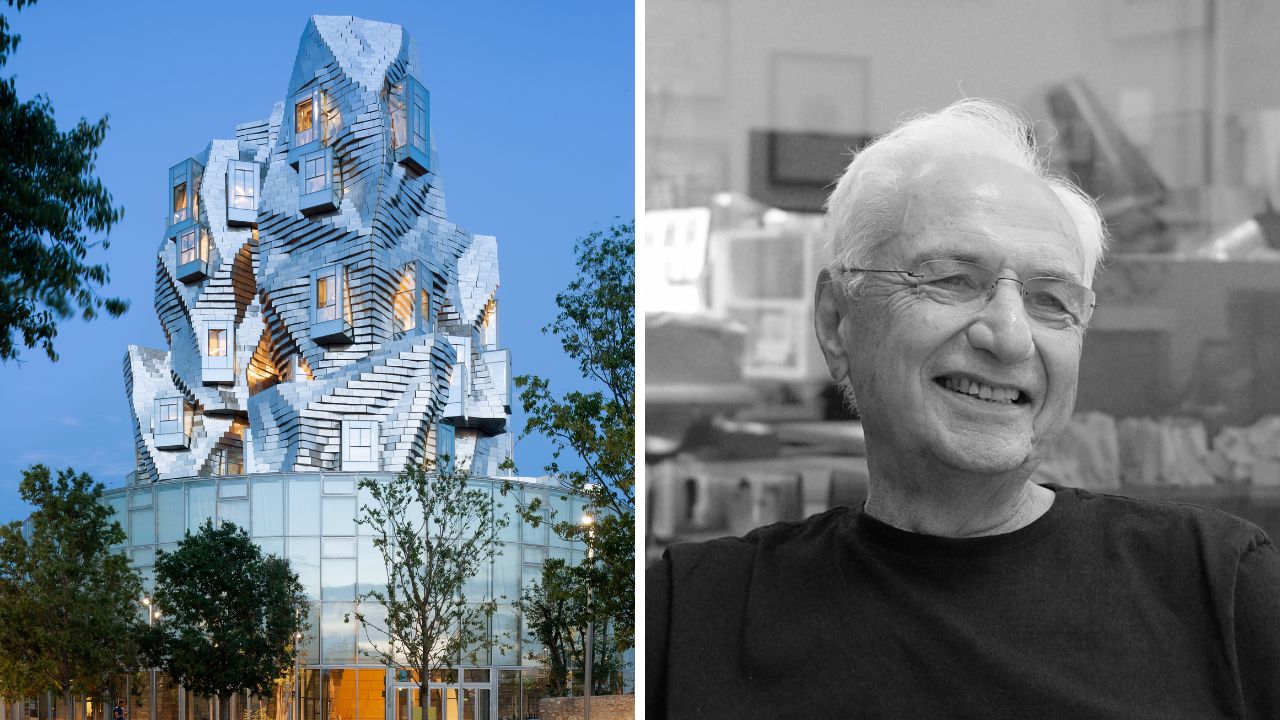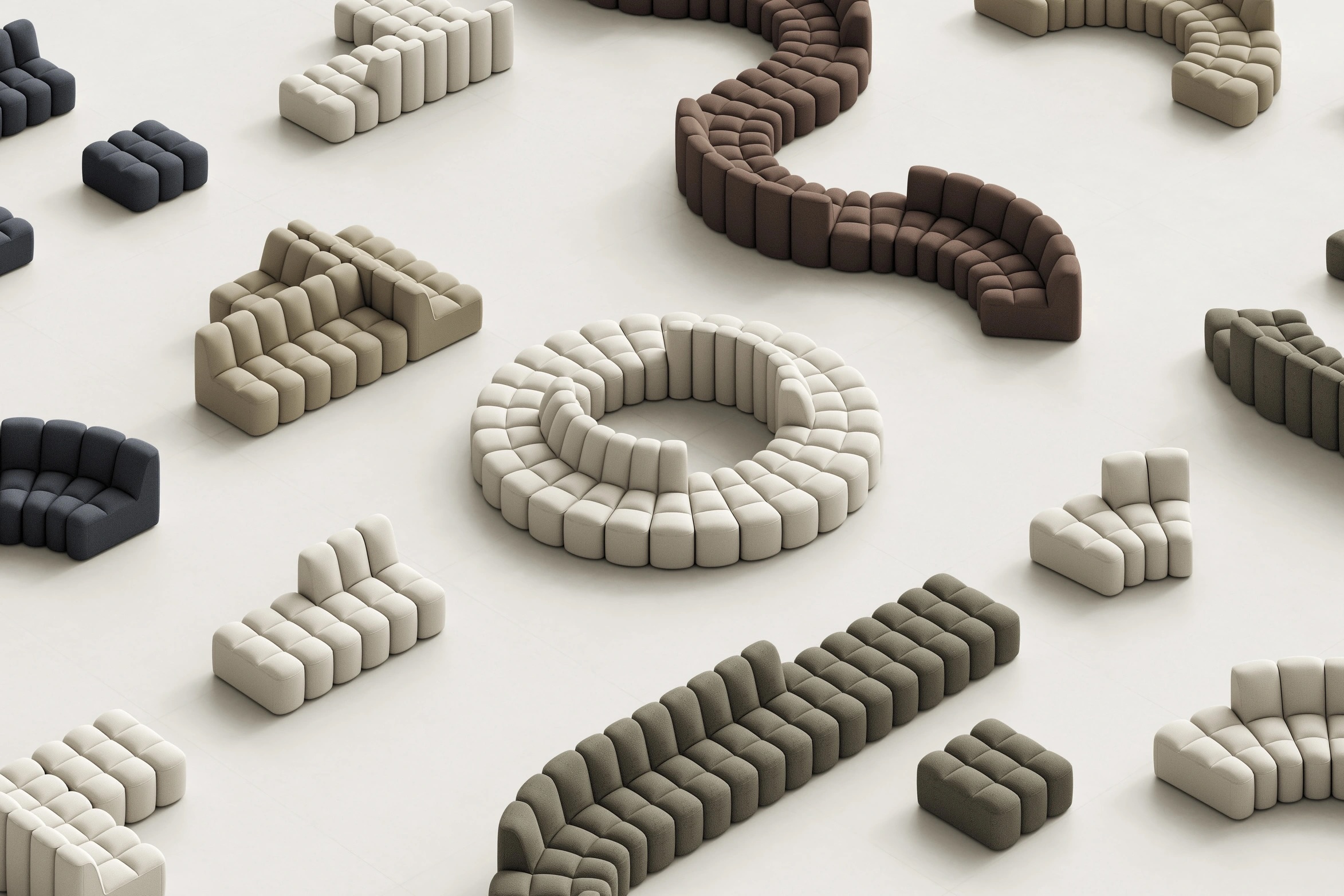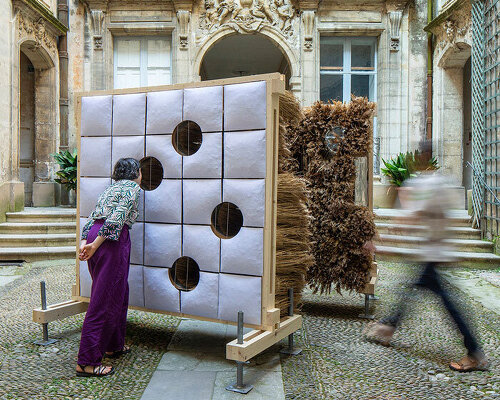Paper Architecture: From Soviet Subversion to Zaha’s Suprematism
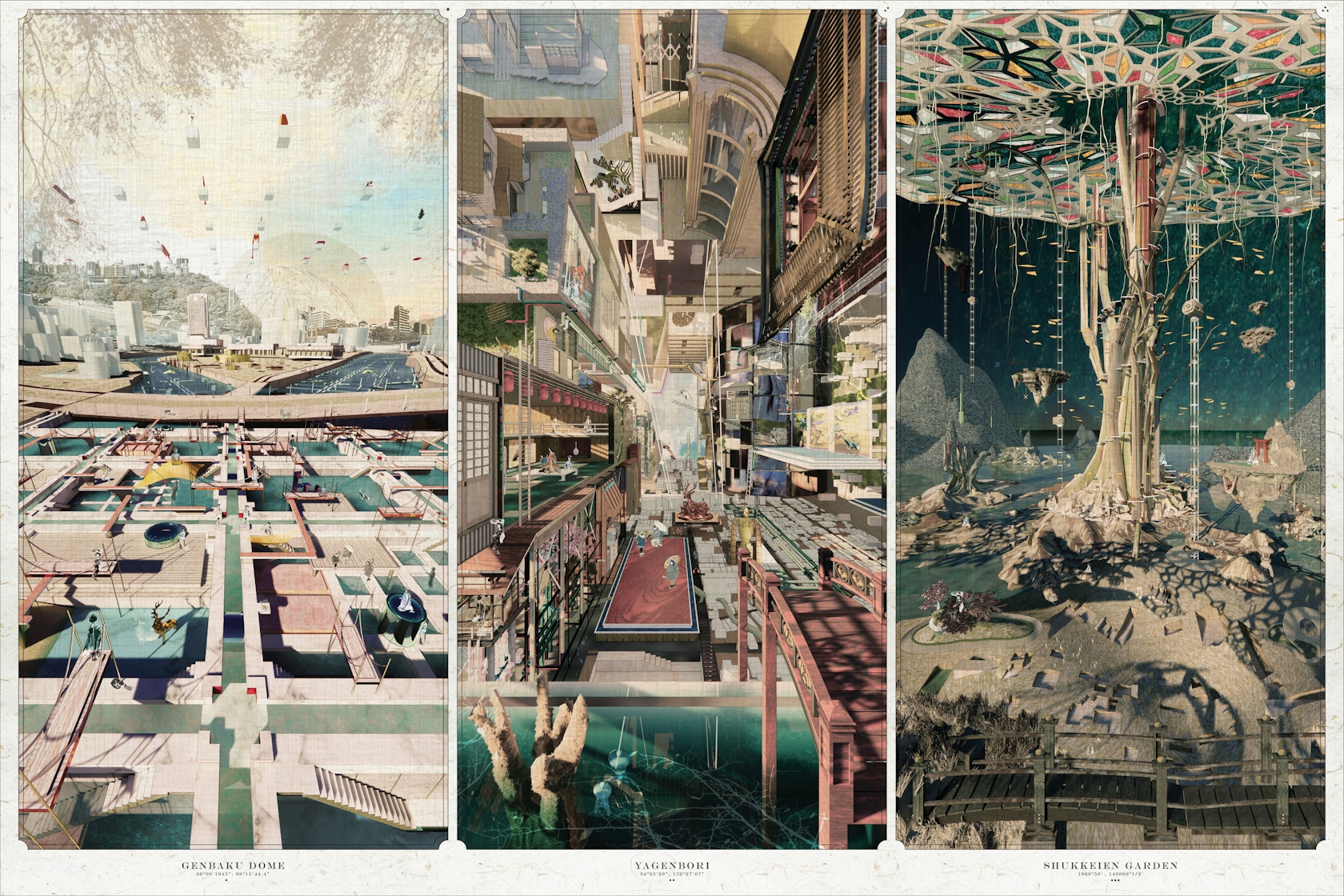
Architizer’s Vision Awards are back! The global awards program honors the world’s best architectural concepts, ideas and imagery. Submit your work ahead of the Final Entry Deadline on July 11th!
Behind the term “paper architecture” hides a strange paradox: the radical act of building without, well, building. Paper architecture is usually associated with speculative design projects, presented in the form of drawings, which can also be considered art pieces. However, even though it is often dismissed as a mere utopian or academic exercise, paper architecture has historically served as a powerful form of protest, advocating against political regimes, architectural orthodoxy or cultural stagnation.
Unbound by real-world limitations such as materials, regulations and budgets, paper architects are free to focus on the messages behind their designs rather than constantly striving for their implementation. In parallel, due to its subtleness, paper architecture has become a platform that enables radical commentary via a rather “safe” medium. Instead of relying on more traditional forms of protest (such as strikes or marches) this powerful visual language, combined with scrupulous aesthetics and imagination can start a more formidable “behind-the-scenes rebellion”.

Unearthing Nostalgia by Bruno Xavier & Michelle Ashley Ovanessians, A+ Vision Awards, 2023
Perhaps the most well-known paper architects, Archigram was a radical British collective that was formed in the 1960s in London. Their work Walking City or Plug-In City showcased visions of a playful, technologically driven architecture that deeply contrasted and, by extent, protested against the rigid regime of post-war modernism and its extensive bureaucracy. This pop-art-style architecture served as a powerful critique towards the saturated idea of functional monotony.
Additionally, the Russian architect, artist, and curator, Yuri Avvakumuv introduced the term “paper architecture” within the restrictive cultural and political climate of late Soviet Russia (1984). Having to deal with heavy censorship, Avvakumuv turned to competitions and speculative drawings in an attempt resist that dominance of totalitarian architecture. Poetic, deeply allegorical and oftentimes ironic architectural renderings, critiqued the bureaucratic sterility of Soviet planning and the state-mandated architectural principles architects had to follow. Consequently, this profound demonstration of un-built architecture within the specific setting, turned into a collective cultural wave that advocated artistic autonomy and expression for the built environment.

Klothos’ Loom of Memories by Ioana Alexandra Enache, A+ Vision Awards, 2023
The Amerian architect Lebbeus Woods was also one of the most intellectually intense practitioners of paper architecture, whose work touches upon global issues on war zones and urban trauma. His imaginative, post-apocalyptic cities opened up discussions for rebuilding after destruction. Works such as War and Architecture and Underground Berlin, albeit “dystopic”, acted as moral propositions, exploring potential reconstructions that would “heal” these cities. Through his drawings, he rigorously investigated and examined scenarios of ethical rebuilding, refusing to comply to the principles of popular commerce, and instead creating a new architectural practice of political resistance.
Finally, operating within a very male-dominated world, Zaha Hadid’s earlier work — particularly on Malevich — served as a protesting tool on multiple levels. Influenced by Suprematist aesthetics, her bold, dynamic compositions stood against the formal conservatism of architectural ideas, where the design must always yield to gravity and function. In parallel, her considerable influence and dominance on the field challenged long-standing norms and served as a powerful counter-narrative against the gender biases that sidelined women in design. Ultimately, her images – part blueprints, part paintings – not only proved that architecture could be unapologetically visionary and abstract but also that materializing it is not as impossible as one would think.
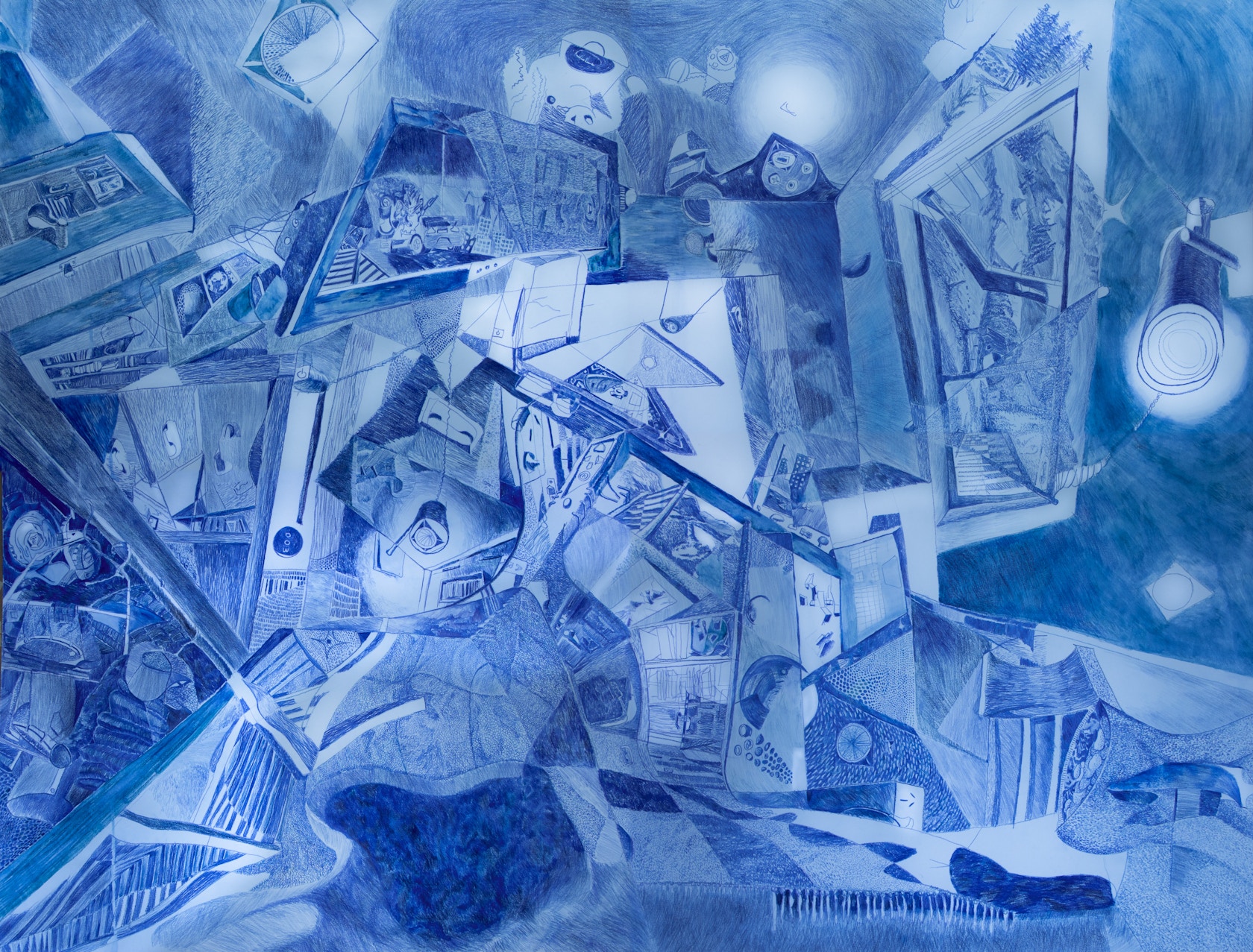
(Your) My Bedroom by Daniel Wing-Hou Ho, A+ Vision Awards, 2023
Even though paper architecture began as a medium of rebellion against architectural convention in the mid-20th century, it remains, until today, a vital tool for activism and social justice. Operating in the digital age, social media and digital platforms have amplified its reach, also having given it different visual forms such as digital collages, speculative renders, gifs, reels and interactive visual narratives. What was once a flyer, a journal or a newspaper extract, can now be found in open-source repositories, standing against authoritarianism, climate inaction, political violence and systemic inequality.
Groups such as Forensic Architecture (Goldsmiths, University of London) carry out multidisciplinary research, investigating cases of state violence and violations of human rights through rigorous mapping and speculative visualization. Additionally, competitions such as the eVolo Skyscraper or platforms like ArchOutLoud and Design Earth offer opportunities and space for architects to tackle environmental concerns and dramatize the urgency of inaction. Imaginative floating habitats, food cities, biodegradable megastructures etc. instigate debates and conversations through the form of environmental storytelling.
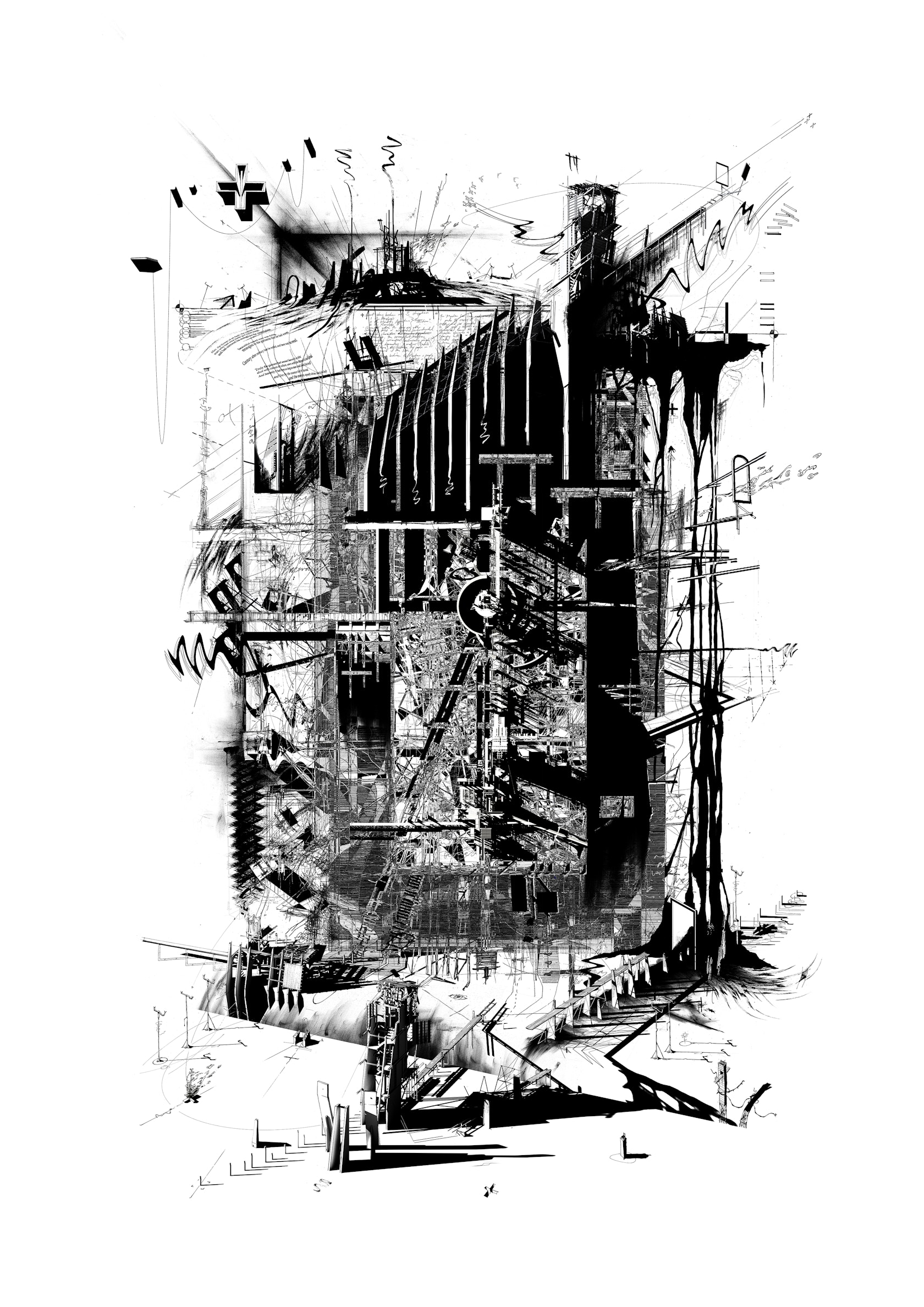
The Stamper Battery by By William du Toit, A+ Vision Awards, 2023
Despite being often condemned as “unbuildable”, “impractical” or even “escapist,” paper architecture acts as a counterweight to the discipline’s increasing instrumentalization as merely a functional or commercial enterprise. In architecture schools it is used as a prompt for “thinking differently” and a tool for “critiquing without compromise”. Above all however, paper architecture matters because it keeps architecture ethically alive. It reminds architects to ask the uncomfortable questions: how should we design for environmental sustainability, migrancy or social equality, instead of focusing on profit, convenience and spectacle? Similar to a moral compass or speculative mirror, unbuilt visions can trigger political, social and environmental turns that reshape not just how we build, but why we build at all.
Architizer’s Vision Awards are back! The global awards program honors the world’s best architectural concepts, ideas and imagery. Submit your work ahead of the Final Entry Deadline on July 11th!
Featured Image: Into the Void: Fragmented Time, Space, Memory, and Decay in Hiroshima by Victoria Wong, A+ Vision Awards 2023
The post Paper Architecture: From Soviet Subversion to Zaha’s Suprematism appeared first on Journal.







.jpg)


